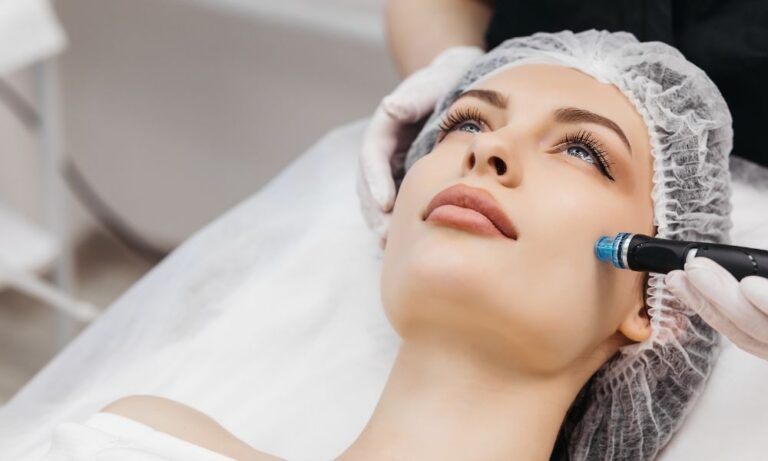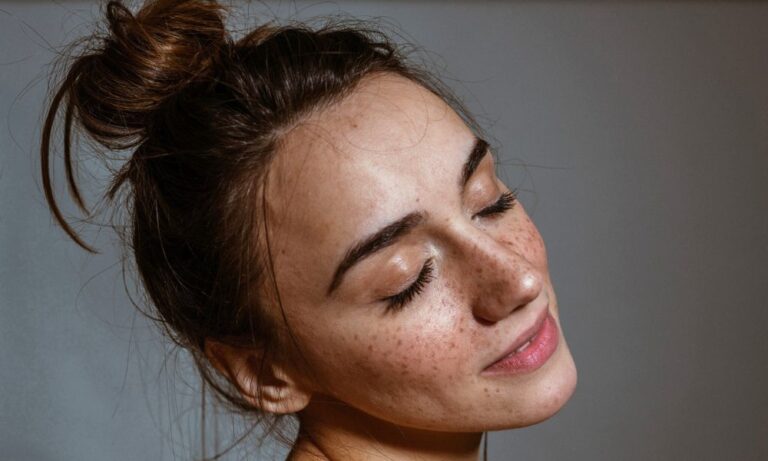Indigenous peoples have long believed in the benefits of oils for their hair and skin, from the Berber women of Morocco and their love of argan oil, to the widespread use of coconut oil across Polynesia.
Over the past 10 years, these ancient ingredients have gained popularity in the West, with oils being one of the biggest beauty trends to emerge in decades.
Organic and niche beauty companies such as Dr. Hauschka, Ren, Trilogy, Bio-Oil and Moroccanoil have been pioneering the use of oils for beauty purposes for years, due to the fact they require little or no artificial preservatives to remain stable. Now, the benefits of oils are set to go mainstream with the launch of a new brand, sure to influence the industry as the next big trend in beauty products. Lipidol is a company with a mission to re-educate consumers about the physiology of the skin and how our daily routines could be disrupting this (not yet available in Australia).
“Our skin is made up of water and it needs oil to keep it in,” says Justin Letschert, CEO and co-founder of Lipidol, a new oil-based brand created by himself and brother David, also the duo behind global bestseller Bio-Oil.
Letschert believes that oil-based skincare will be a major part of the beauty industry of the future and it’s easy to understand why. At the recent launch of Lipidol, Letschert showed a time-lapse video of two beakers filled with water, one topped with oil, the other neutral.
What happened over the course of several days was impressively simple: the beaker with the thin oil layer kept a full retention of water, the other had dried up considerably.
When oils – which closely resemble the skin’s in-built moisturising fluid, sebum – are applied to the skin, they are absorbed directly into the top layers of the epidermis, where they instantly go to work improving the lipid barrier function and preventing moisture within the skin from evaporating.
The result of a replenished lipid barrier is that skin tends to feel less “tight” and is more smooth and glowing.
Moisture from within
“The skin has its own natural oily layer known as the lipid barrier,” explains Letschert. “The problem is that every time we shower [with soaps and gels], we strip away this important layer. Then we use a moisturiser, but you can’t put moisture on the skin – moisture comes from within the skin. By the time the skin has built back its own natural oily layer, we shower again.”
In centuries gone by, when daily washing was unheard of, harsh soaps may have been necessary to cut through a week’s worth of grime. But as indoor plumbing improved, humans began to wash more frequently and today most people wash once, sometimes twice a day, often with products containing harsh surfactants that can strip the skin of natural oils.
Exposure to elements, such as the sun, cold and air-conditioning, also has a detrimental impact on our lipid barrier. “In addition, as you get older the lipid layer also thins, which is why skin tends to be dryer as we age,” Letschert says.
As a result of all this abuse, the founders of Lipidol would have us overhaul our skincare regime by using products they say will help maintain, rather than strip away, the oily lipid barrier of the skin.
As Tony Dweck, former president of the Society of Cosmetic Scientists and consultant to Lipidol points out, modern consumers spend vast amounts of money on creams to replace lost moisture. Such products are a mixture of oils and water, with the addition of active ingredients and emulsifiers, to make the oil and water mix together. “But water has no activity on the skin, and most cosmetic creams contain up to 90 per cent water,” says Dweck. If you find this hard to believe, look at the lotions found in your bathroom. You will find “aqua” at the top of most ingredient listings, meaning it’s the key constituent of the product – ingredients are required to be listed from greatest amount used to the least.
However, Hannah Evans-Scott, head facialist at wellbeing destination Lucy and The Powder Room, believes that using a combination of both oils and creams creates the best results.
“We recommend creams and serums for deeper penetration of active vitamins into the skin. At the end of treatments we usually add a few drops of a treatment oil to create a barrier and lock in active ingredients.”
Marta Camara of Martina Organics advises taking gradual steps when introducing oil-based skincare into your beauty regime.
“Introduce an oil cleanser first as this is your base, and it will set the tone for the rest of the products. Once your skin starts to get used to the change in using strong active ingredients, then I would introduce other oil-based products, such as a moisturiser.”
Exfoliants, harsh soaps and other drastic treatments that can strip the lipid barrier may aggravate oily, problem skins by removing the protective layer and encouraging your skin to produce more oil of the type you are trying to control. Using the correct quality oils can alleviate breakouts by restabilising the lipid barrier and restoring the skin’s surface.
“Don’t worry about your skin feeling greasy at first; dry botanical oils have a molecular structure similar to skin’s natural oils, which don’t clog your skin and make them easily absorbed,” says Camara.
Top beauty oil products
• L’Oreal Paris Age Perfect Extraordinary Oil is a blend of eight essential oils in a base of nourishing oils such as apricot, passiflora and rice bran ($39.95).
• Estee Lauder Take It Away Makeup Remover Oil contains soothing aloe vera extract ($56).
• Lipidol Cleansing Body Oil is a blend of soybean, castor, lime and neem oils that emulsifies on contact with water (available in the US, Great Britain, South Africa, New Zealand, Canada and Malaysia).
• M.A.C Cosmetics Prep + Prime Essential Oils can be used alone or under foundations, moisturisers, creams and concealers ($36).
• Murad Renewing Cleansing Oil has oils of grape, pomegranate, sunflower seed, jojoba and sweet almond ($45).
• Dr. Hauschka Clarifying Day Oil is a moisturiser that balances oily, blemish-prone skin, with apricot, almond, wheat germ and neem oils ($62).
• Bobbi Brown Soothing Cleansing Oil is a gentle blend of kukui nut and sunflower oils ($60).
• Jurlique Purely Age-Defying Nourishing Cleansing Oil (on counter 27th October), is a blend of five botanical seed oils of castor, sunflower, blackcurrant, sesame and meadow foam ($50, jurlique.com).
• Kiehl’s Midnight Recovery Concentrate is a cult moisturiser containing oils of lavender, evening primrose and squalane from olives ($61, kiehls.com).
• Sans Ceuticals Activator 7 Body + Hair + Face Oil contains baobab oil, rich in omegas 3, 6 and 9, plus vitamins A and E ($49.90, sansceuticals.com).
• Shiseido Perfect Cleansing Oil with antioxidant-rich grape seed oil ($40).








